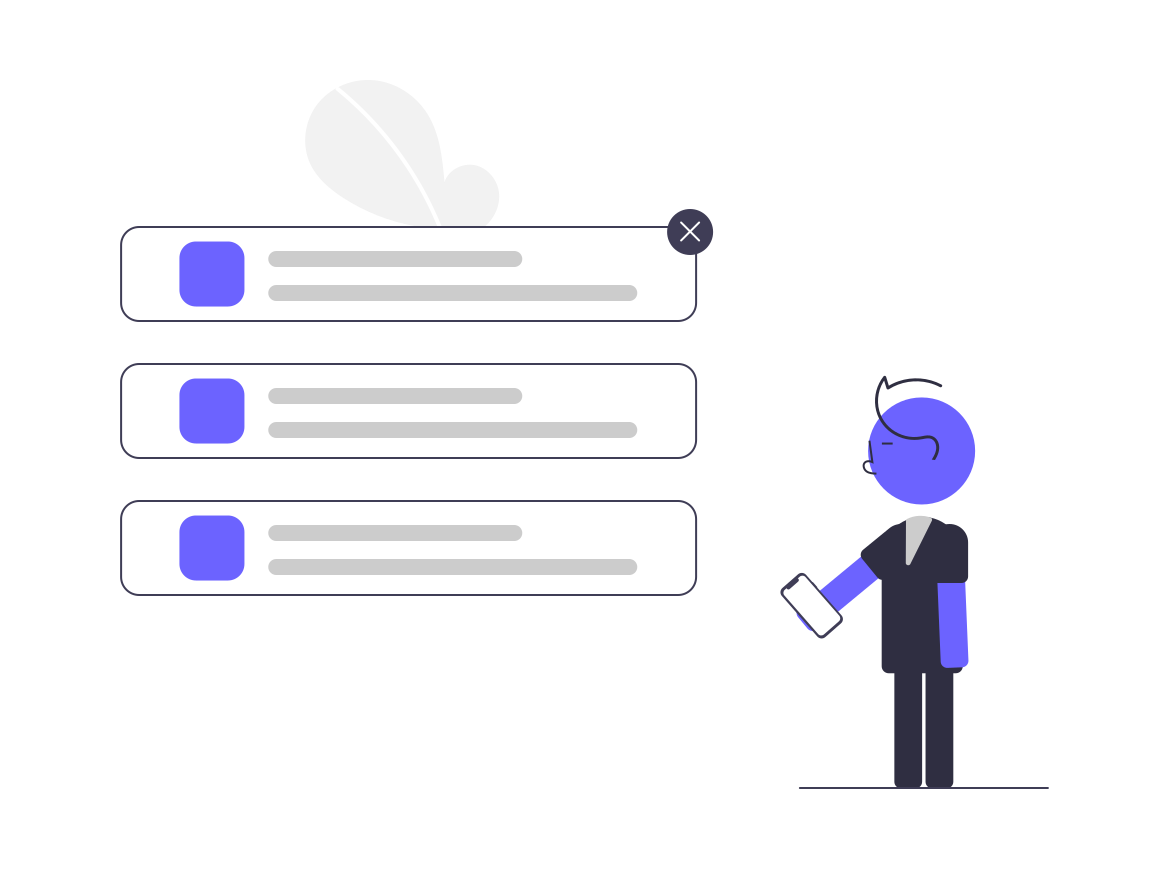In the rapidly evolving landscape of account-based marketing (ABM), precision is key. While demographic and psychographic segmentation offer valuable insights, behavioral segmentation adds another layer of sophistication by focusing on the actions and engagement patterns of your target accounts. This approach provides a dynamic and real-time understanding of your audience, enabling you to tailor your strategies with unparalleled accuracy.
The Core of Behavioral Segmentation
Behavioral segmentation involves categorizing your target accounts based on their behaviors and interactions with your brand. This includes website visits, content downloads, email opens, social media interactions, and purchasing history. By analyzing these behaviors, you gain actionable insights into the preferences and readiness of your accounts to engage or convert.
Unlocking the Power of Behavioral Segmentation in ABM
Dynamic Targeting
Behavioral segmentation allows for fluid and adaptive targeting. Unlike static demographic data, behavioral insights change over time, reflecting the current state of your accounts' interests and engagement. This real-time data enables you to adjust your campaigns on the fly, ensuring that your messages remain relevant and timely.
Personalized Engagement
Understanding the specific actions of your target accounts allows you to craft personalized engagement strategies. For instance, if an account frequently visits your pricing page, they might be closer to making a purchase decision. Tailoring your communication to address this interest can significantly enhance your chances of conversion.
Prioritizing High-Intent Accounts
Not all accounts are created equal. Behavioral segmentation helps you identify high-intent accounts—those that demonstrate strong interest and are more likely to convert. By focusing your resources on these accounts, you maximize the efficiency and effectiveness of your ABM efforts.
Implementing Behavioral Segmentation
1. Data Collection
Leverage various tools and platforms to track the behaviors of your target accounts. This includes website analytics, CRM systems, email marketing platforms, and social media monitoring tools. Collect data on interactions such as page visits, content downloads, email engagements, and social media actions.
2. Data Analysis
Analyze the collected data to identify patterns and trends. Look for behaviors that indicate different stages of the buyer journey, such as initial interest, active research, or decision-making. This analysis helps you understand the current engagement level and readiness of your accounts.
3. Segment Creation
Create behavioral segments based on the analyzed data. Group accounts with similar behaviors together, such as frequent visitors, content engagers, or high-purchase-intent accounts. These segments will form the basis of your targeted ABM campaigns.
4. Tailored Campaigns
Develop campaigns tailored to the specific behaviors of each segment. For example, nurture frequent visitors with educational content, offer product demos to content engagers, and provide special offers to high-purchase-intent accounts. Personalization based on behavior ensures that your messages resonate with the current interests and needs of your accounts.
5. Continuous Monitoring and Optimization
Behavioral data is dynamic and evolves over time. Continuously monitor the behaviors of your target accounts and adjust your campaigns accordingly. Use analytics to track the performance of your campaigns and optimize them based on real-time insights.
Benefits of Behavioral Segmentation in ABM
Real-Time Insights
Behavioral segmentation provides real-time insights into the actions and preferences of your target accounts. This allows for timely and relevant engagement, increasing the likelihood of conversion.
Increased Relevance
Tailoring your campaigns based on actual behaviors ensures that your messages are relevant to the current interests and needs of your accounts. This relevance drives higher engagement and fosters stronger connections.
Efficient Resource Allocation
By focusing on high-intent accounts and tailoring your efforts based on behavior, you ensure efficient use of your marketing resources. This targeted approach maximizes the return on your ABM investments.
Conclusion
Behavioral segmentation is a game-changer in the realm of ABM. By focusing on the actions and engagement patterns of your target accounts, you gain real-time insights that enable precise and effective targeting. Implementing behavioral segmentation involves continuous data collection, analysis, and optimization, but the rewards in terms of increased relevance, engagement, and conversion make it an essential strategy for any sophisticated ABM campaign.


